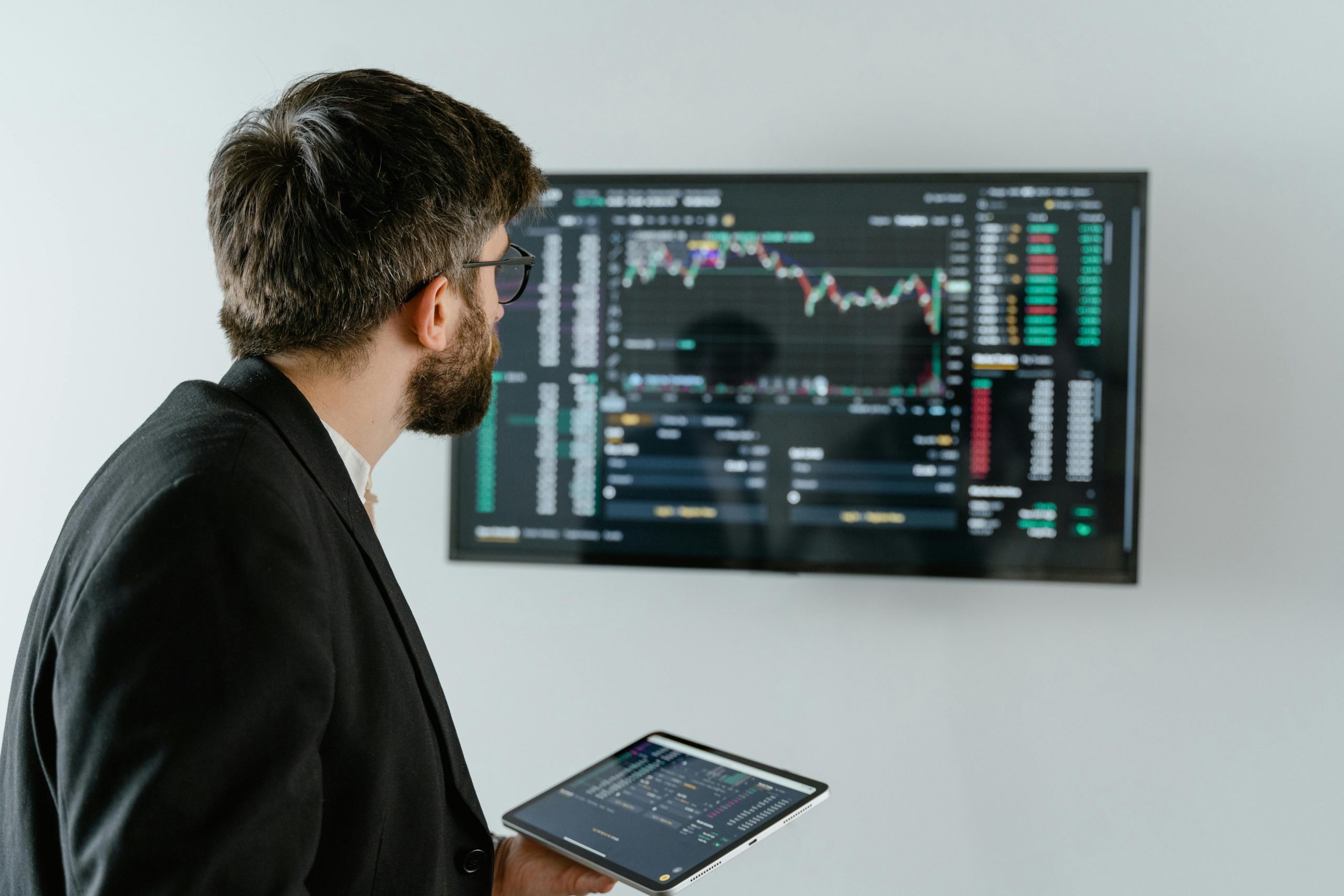Trading is a voyage of continuous learning and improvement, and choosing the right broker for futures trading in Malaysia can make all the difference.
Building on the foundational knowledge covered in the beginner’s guide and the intermediate strategies introduced in our previous article, it’s time for you to progress to the next level of your trading journey.
In this advanced guide, we’ll cover even more sophisticated strategies and a synergistic approach to analysis that combines technical and fundamental insights. You’ll learn how to further refine your trading tactics for maximum profitability from the best futures broker in Malaysia—Phillip Capital.
Advanced Futures Trading Strategies to Add To Your Trading Arsenal
Mastering futures trading in Malaysia requires evolving your strategies as market dynamics become more complex. This section introduces 3 advanced techniques—arbitrage, hedging, and spread trading—that build on earlier concepts.
1. Arbitrage Opportunities in Futures Markets
Arbitrage is a strategy that leverages price discrepancies between markets or contracts to secure risk-free profits.
Types of Arbitrage:
- Inter-market Arbitrage
This involves exploiting price differences for the same asset across different exchanges. For example, if crude oil futures are priced lower on Exchange A than on Exchange B, traders can buy on A and sell on B to profit from the discrepancy.
- Intra-market Arbitrage
This strategy capitalizes on price differences between different contract months of the same asset. For instance, a trader might notice that near-month contracts for natural gas are underpriced compared to far-month contracts and act to bridge the gap.
Note: Arbitrage strategies demand precise and fast execution because price discrepancies are typically short-lived. Thus, a deep understanding of market dynamics is key.
A reliable brokerage firm for futures trading in Malaysia ensures access to the necessary tools and precision needed for arbitrage opportunities
A study on statistical arbitrage in crude futures markets showed positive annualized returns after accounting for transaction fees. This highlights the profitability potential of such strategies when used at opportune times.
2. Advanced Hedging Techniques
We’ve learned that hedging is a vital part of risk management to minimize losses while making sustainable gains.
Here are 3 advanced techniques to enhance its effectiveness:
i. Dynamic Hedging
Traditional hedging methods rely on static ratios that do not adapt to market changes. Dynamic hedging, on the other hand, involves continuously adjusting hedge ratios based on current market conditions.
Research shows that dynamic hedging strategies incorporating real-time volatility measures outperformed static models by reducing risk exposure more effectively in volatile markets. This approach ensures that traders remain optimally protected even as the market fluctuates.
ii. Cross-Hedging
Cross-hedging utilizes related but non-identical assets to hedge risk. To illustrate, a company exposed to jet fuel prices might use crude oil futures as a proxy hedge, as their prices often move in tandem.
Through advanced hedging techniques, you can mitigate risks while reallocating resources more efficiently to capitalize on favorable shifts in the market.
3. Seasonality and Advanced Spread Trading in Commodities
Seasonality and spread trading are advanced techniques that allow you to take advantage of predictable patterns and price relationships in commodity markets on online trading platforms in Malaysia for brokers and investors.
i. Seasonal Trends
Seasonal routines, especially in agricultural and energy commodities, can significantly influence futures prices. For example:
- Corn prices peak during planting season due to increased demand and uncertainty.
- Soybean prices often rise during harvest due to supply concerns.
- Natural gas prices often rise due to heating demand in countries with harsh winters.
By understanding these tendencies in the market, you can position yourself to profit from predictable directions.
ii. Advanced Spread Techniques
Previously, we touched on intra- and inter-commodity spreads as foundational approaches. Now, we’ll move on to intricate techniques tailored for seasoned traders to better navigate complex price movements.
- Calendar Spreads: This involves buying and selling futures contracts for the same commodity with different expiration dates. You may buy near-month contracts and sell far-month contracts if you anticipate a narrowing price spread.
- Butterfly and Condor Spreads: These multi-leg strategies help manage risk around anticipated price movements within specific timeframes for more flexibility.
A butterfly spread might involve buying one near-month futures contract, selling two mid-month contracts, and buying one far-month contract to effectively limit potential losses while targeting specific price ranges within a set period. Meanwhile, a condor spread adds an extra leg to create a wider range of potential profit outcomes while maintaining controlled risk.
Seasonality and advanced spread techniques combine to give you a nuanced understanding of commodity price movements, keeping you proactive and flexible in your trading endeavors.

How to Combine Technical and Fundamental Analysis to Achieve More Informed Trading Decisions
Using technical and fundamental analysis together gives you a fuller picture of how the market operates. This goes a long way to enable smarter and more educated trading decisions when using an online platform for brokers and investors in Malaysia.
Why Combine?
- Technical Analysis focuses on price patterns and market behavior.
- Fundamental Analysis examines underlying economic factors driving those patterns.
This approach has been proven to minimize emotional biases and improve consistency in strategy application. It is reported that integrating technical indicators, such as RSI and moving averages, with macroeconomic data improved success rates by 12-18% in high-volatility environments.
How to Implement This Synergistic Approach
- Fundamentals for Direction, Technicals for Timing: Apply fundamental analysis to identify broader market trends. For instance, rising inflation might suggest a bullish trend for gold futures.
- Confirming Signals: Validate technical signals like breakout patterns with fundamental factors, such as economic data releases or geopolitical events.
Leveraging Trading Tools and Indicators
- Economic Data: Monitor GDP growth, inflation, employment rates, and interest rates—all of which heavily impact futures markets.
- Technical Patterns: Utilize moving averages, support and resistance levels, and oscillators to refine trade execution.
| The Phillip Capital Support Phillip Capital provides the tools and resources to support this dual-analysis approach while investing and trading online in Malaysia. Real-time data feeds, research reports, and integrated trading platforms help traders seamlessly connect technical and fundamental insights. We empower you with actionable insights to trade with keen accuracy and confidence. |
Master Futures Trading With Phillip Capital’s Online Trading Platform in Malaysia
The advanced strategies outlined here—arbitrage, dynamic hedging, spread trading, and a synergistic analysis approach—are designed to help traders thrive in the futures market while leveraging the best brokerage for futures trading in Malaysia.
By applying these techniques, you can gain a competitive edge and maximize your trading potential.
We’ll soon explore advanced risk management strategies and innovative tools on Phillip Capital’s online platform for brokers and investors in Malaysia, designed to elevate your futures trading expertise. Stay tuned for more updates!
In the meantime, practice these strategies on a free Phillip Capital demo account or contact us today for personalized support. Let’s make your trading journey a successful one!









